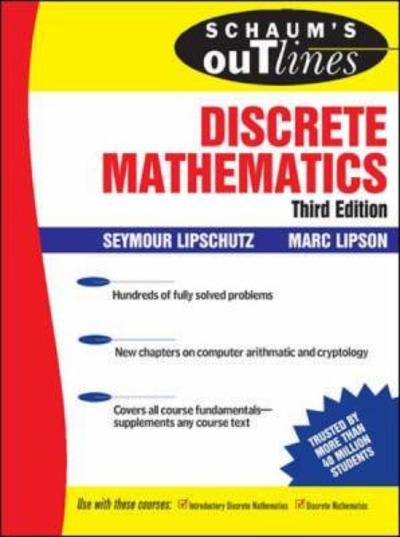


Question:
The personnel dept. of a certain industrial firm used 7 subjects
in a study to determine the relationship between job performance rating(y)
and scores of four tests. The data are as follows:
1 2 3 4 5
Y X1 X2 X3 X4
11.2 56.5 71 38.5 43
14.5 59.5 72.5 38.2 44.8
17.2 69.2 76 42.5 49
17.8 74.5 79.5 43.4 46.2
19.3 81.2 84 47.5 60.2
24.5 88 86.2 47.4 62
21.2 78.2 80.5 44.5 58.1
Evaluate each of the ff. items in 2 decimal places : All required values to compute each unknown are rounded in 3 decimal places.
The partial correlation r
15.34
The multiple correlation R
1.45
R1.45
The multiple correlation R
1.345
R1.345
7. For the following observations: 0.3, 0.5, 0.8, 1.3, 1.7 You want to test whether the sample comes from a distribution with the following probability density function. 1 f(x) = (x +1)2 *>0 Calculate the Kolmogorov-Smirnov test statistic.Explain the differences among the completely randomized design, randomized complete block designs, and factorial design. Choose the correct answer below. A. In a completely randomized design, the researcher examines a single factor and randomly distributes experimental units. In a randomized complete block design, the researcher partitions experimental units according to two fixed factors, factor A and factor B. In a factorial design, the researcher has a factor whose level cannot be fixed. O B. In a completely randomized design, the researcher examines many factors and randomly distributes experimental units. In a randomized complete block design, the researcher partitions experimental units according to two fixed factors, factor A and factor B. In a factorial design, the researcher has a factor whose level cannot be fixed. O C. In a completely randomized design, the researcher examines a single factor and randomly distributes experimental units. In a randomized complete block design, the researcher partitions experimental units according to a factor whose level cannot be fixed. In a factorial design, the researcher has two fixed factors, factor A and factor B. O D. In a completely randomized design, the researcher examines a random factor and randomly distributes experimental units. In a randomized complete block design, the researcher partitions experimental units according to a factor whose level is fixed. In a factorial design, the researcher has two fixed factors, factor A and factor B.Q2. (6 points) The effect of three different lubricating oils on fuel economy in diesel truck engines was studied. Five different truck engines (Blocks) were available for the following randomized complete block design: Trucks Oil 1 2 3 4 1 5.0 6.3 4.9 3.3 5.1 2 5.4 6.8 5.2 4.4 5.4 5.1 5.9 4.9 4.0 5.1 Complete the ANOVA Table and draw your conclusion: Source of Sum of df Mean Squares F-Value Variation Squares Truck oil Residual TotalChoose the correct statement(s) about the Runge-Kutta method. (can choose more than one answer) * Runge-Kutta method is less accurate than Euler method. Runge-Kutta is a common method for solving differential equations numerically. Runge-Kutta method used four functions k1, k2 , k3 and k4 in its evaluation. It is used more accurately than the Euler method













